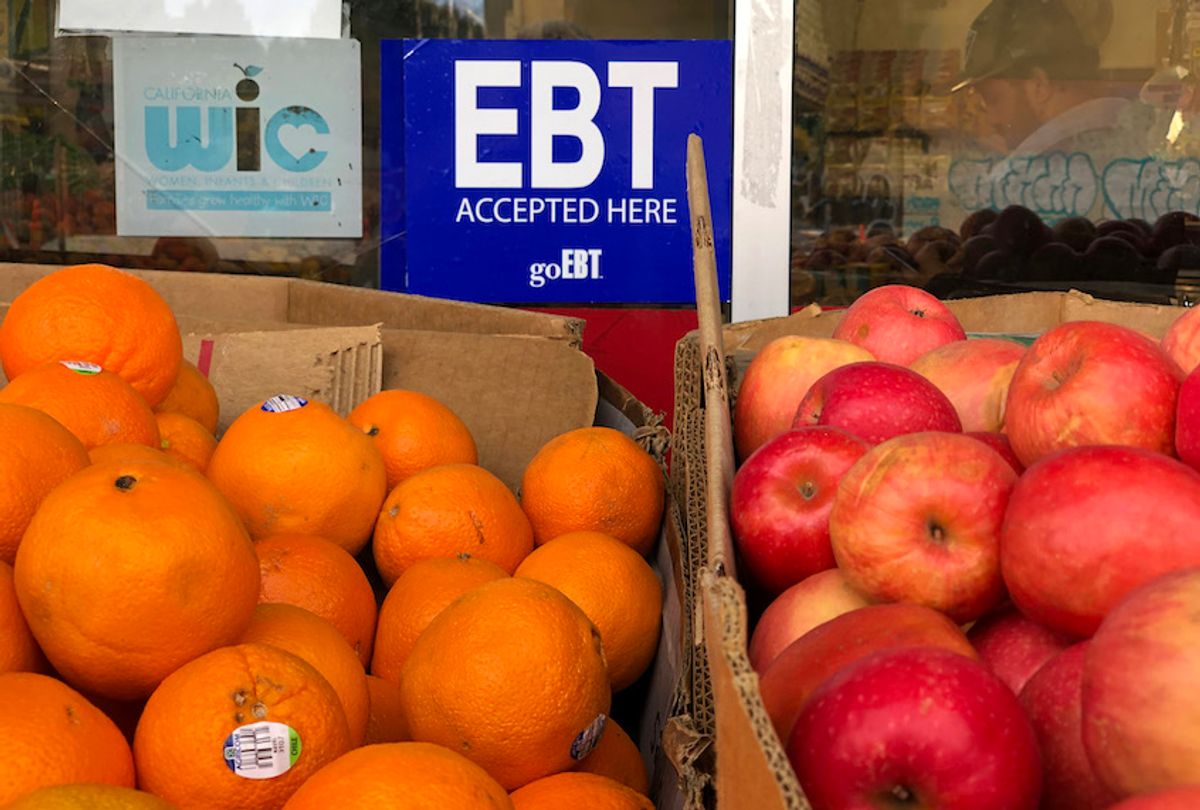Back in October 2022, the U.S. Department of Agriculture (USDA) and Administration for Children and Families (ACF) posted a notice about a growing trend of EBT card skimming. The scheme involves scammers stealing Electronic Benefits Transfer (EBT) account information from unsuspecting recipients of Supplemental Nutrition Assistance Program (SNAP) benefits, typically during checkout. At the time, the USDA’s Food and Nutrition Service along with the ACF assured those relying on government food assistance that they were working to combat SNAP fraud: “As Federal partners, we seek to work with State leaders of both programs to take strong preventive actions to protect clients from victimization and provide the tools and supports for program participants to proactively safeguard their benefits.”
But now, more than a year later, EBT card skimming schemes have grown rampant, compelling a few recipients to take matters into their own hands.
More than 59,000 homes have been impacted by food stamp fraud, which amounts to more than $30 million in lost benefits, according to recent statistics from the USDA. In 2023, Florida reported 356 claims concerning stolen SNAP benefits. Elsewhere in Detroit, a “substantial food stamp fraud ring” made headlines after three individuals reportedly stole $4 million in SNAP benefits from 8,000 EBT cardholders. A similar scheme also occurred in Dixon, Illinois, where 2,800 Walmart shoppers were robbed of their SNAP benefits via EBT card skimming.
EBT cards are especially susceptible to identity theft due to out-dated security features. In the same vein as credit and debit cards, EBT cards are used at food retailers to purchase groceries and at ATMs to withdraw cash. But unlike credit and debit cards, EBT cards lack a protective microchip that safeguards the former from fraud. EBT cards contain a magnetic stripe instead that provides minimal security. As explained by computer consulting firm Next7 IT, the data contained in the magnetic stripe is not protected by any kind of encryption, making it easy for scammers to attain. Scammers can then install devices inside store scanners and steal card information from unsuspecting individuals — a scheme known as skimming.
In the wake of growing cases of EBT card fraud, President Biden signed into law the Consolidated Appropriations Act of 2023, which allows state agencies to use federal funds to replace stolen SNAP benefits through September 30, 2024. At this time, 127,290 fraud claims have been approved and more than $62 million in stolen benefits have been replaced, per the USDA’s Stolen Benefits Dashboard.
Want more great food writing and recipes? Subscribe to Salon Food's newsletter, The Bite.
However, 36 percent of EBT theft victims never filed claims for reimbursement because half of them were unaware that they could even do that, according to a May survey released by Propel. Another 19 percent of victims said their claims were straight up denied.
“The burden for reporting stolen benefits falls squarely on victims, who must meticulously document unauthorized transactions and substantiate fraudulent activity,” the survey specified.
Propel also found that half of the 1,770 EBT theft victims they surveyed didn’t know how or where their benefits were stolen. Fifty-three percent of victims were forced to skip meals or eat less due to EBT theft, while 44 percent had to borrow money or go into debt.
Despite the high claims, the USDA has advised EBT cardholders to take several protective measures against theft, like not sharing their PIN or card number with anyone outside of their household and checking their EBT account regularly for unauthorized charges. The agency also warned cardholders of phishing and encouraged them to change their PIN often.



Shares